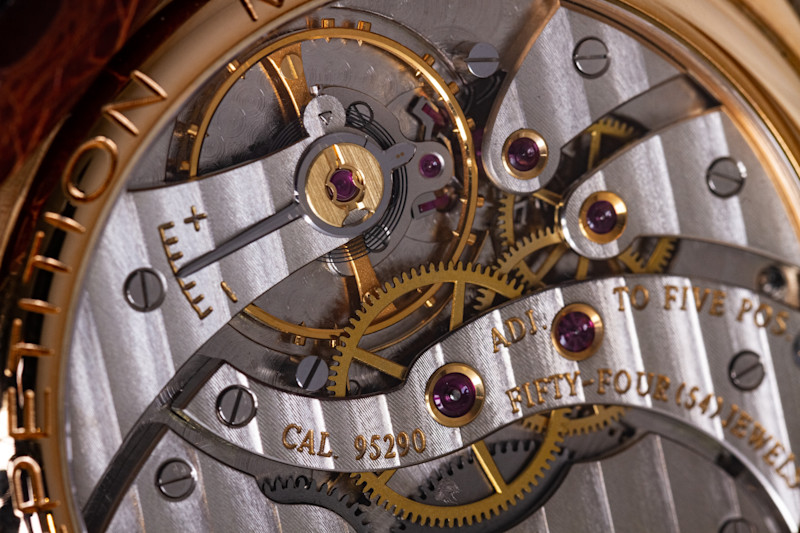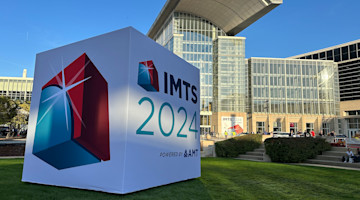“We don't make mistakes – we just have happy accidents.”
– Bob Ross
1. American Made
U.S. watchmaking is back! Warning: Bring money. These aren’t some quartz Shinolas assembled in the United States with foreign parts. JN Shapiro watches are avant-garde haute horlogerie. And they’re not alone. RGM, another U.S.-based manufacturer of movements, offers a slightly lower price due to sourcing springs from the Swiss. Good luck making those on your own. And there’s also Weiss, which is closer to the Shinola price point but mechanical and assembled in the United States with some U.S.-made components.
2. Automation, AI, the Economy, and You
Economists are rethinking automation due to AI’s impact on jobs. Historically, they believed technology increased productivity without causing mass unemployment, but newer models show it can displace workers and lower wages. While tech can raise living standards, this depends on job creation and workers’ input… Bro, what? These nEwEr MoDeLs can shove it. Nobody loses their job to a wrench. You lose your job to somebody who can wrench better than you. AI is a tool. Automation is a tool. Learn how to use the tool.
3. Actuators Over AI
Nerd alert! The widespread availability of household robots will rely on affordable actuators rather than advanced AI. But wide adoption will require a price of around $40,000 (spit take) and financing – like car payments. (You'll own nothing, and you'll be happy!) Currently, most robots are designed for industrial use, but affordable models are emerging. Using durable-yet-cost-effective materials, like plastic resins, aluminum alloys, and affordable batteries, is crucial for making household robots accessible.
4. The Real 3D Struggle
Additive is struggling because some companies have deviated from the industry’s open-source, collaborative roots, prioritizing profit over community and innovation. To revive the industry, they should focus on small-scale, specific production needs, leveraging cost, speed, and flexibility, and avoid competing with conventional manufacturing. The COVID-19 pandemic showed the potential of distributed manufacturing and the importance of aligning business practices with the agile nature of 3D printing technology.
5. Hungry Like the Wolfram
Oak Ridge National Laboratory has created defect-free tungsten components capable of withstanding extreme temperatures, potentially benefiting clean-energy technologies like fusion. Tungsten, with the highest melting point of any metal, is ideal for fusion reactors but brittle at room temperature. The team used an electron-beam 3D printer to deposit tungsten layer by layer, reducing contamination and stress. This is a big win for developing temperature-resistant metals for sustainable energy resources.
To get the latest tech developments delivered directly to your inbox, subscribe to the weekly Tech Report here.
To access Tech Trends, log in to or register for an MTInsight account at https://www.mtinsight.org/






